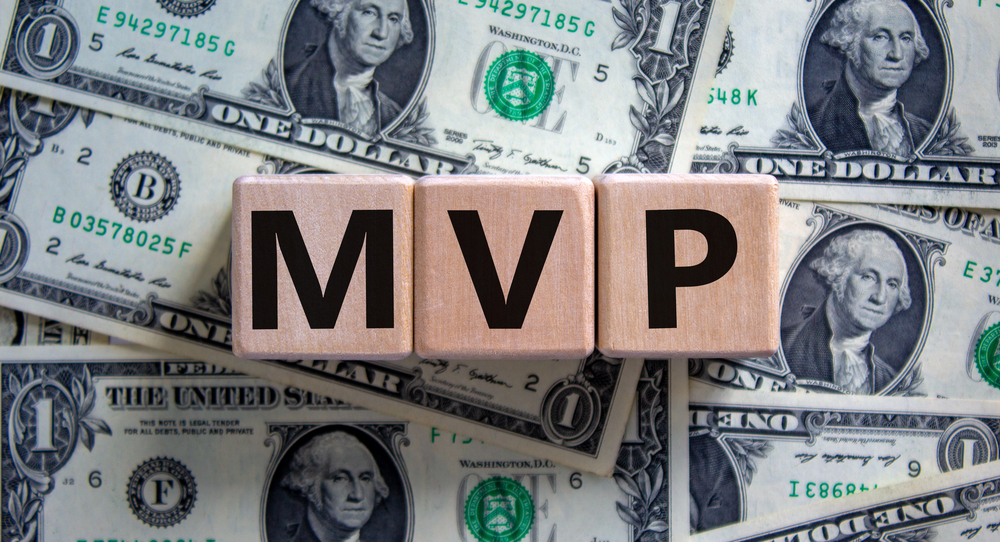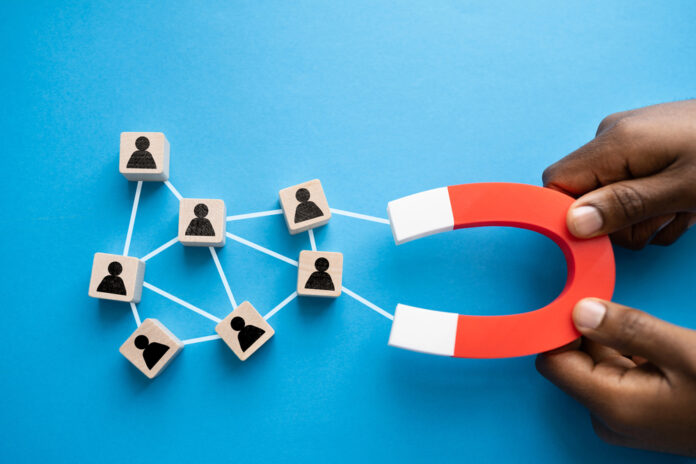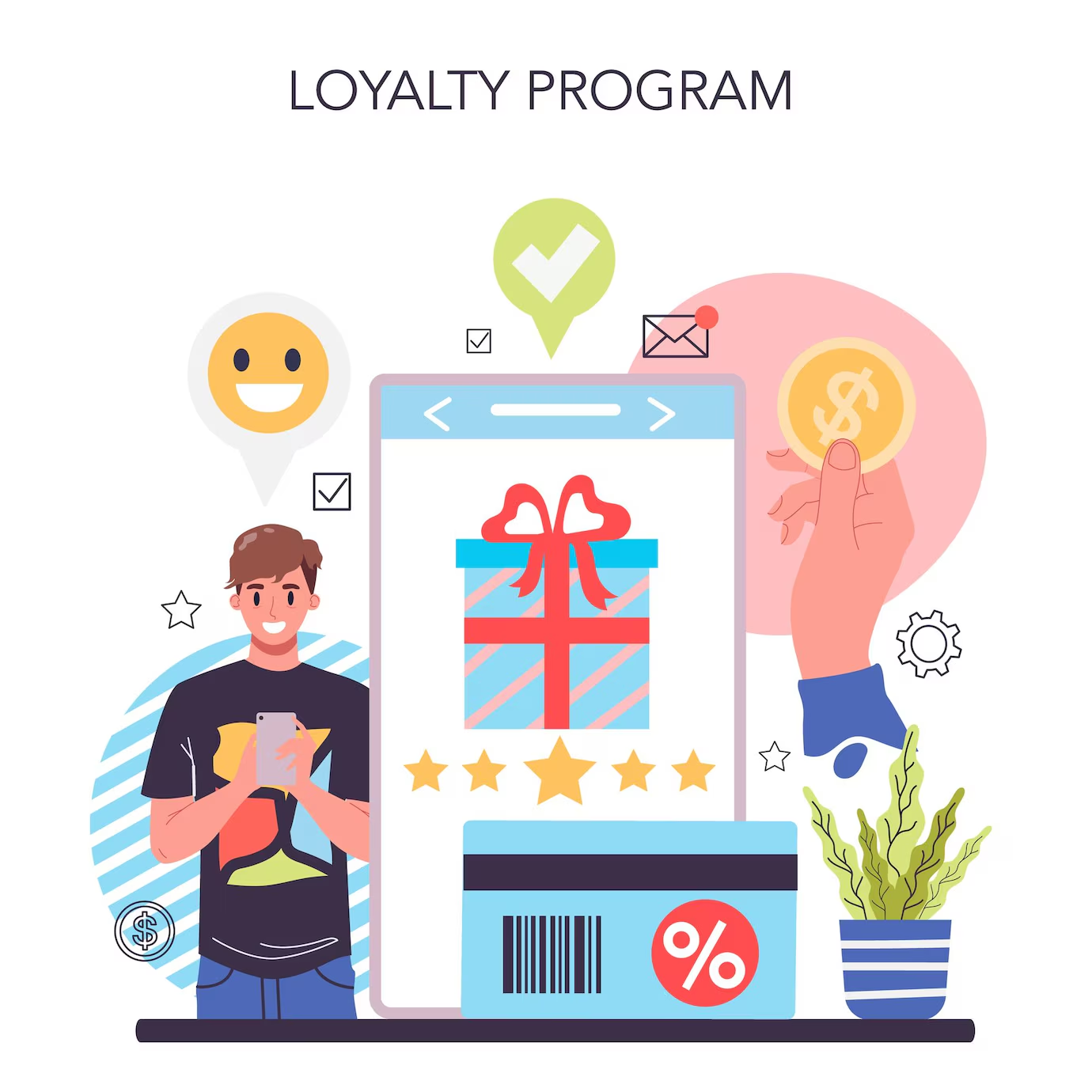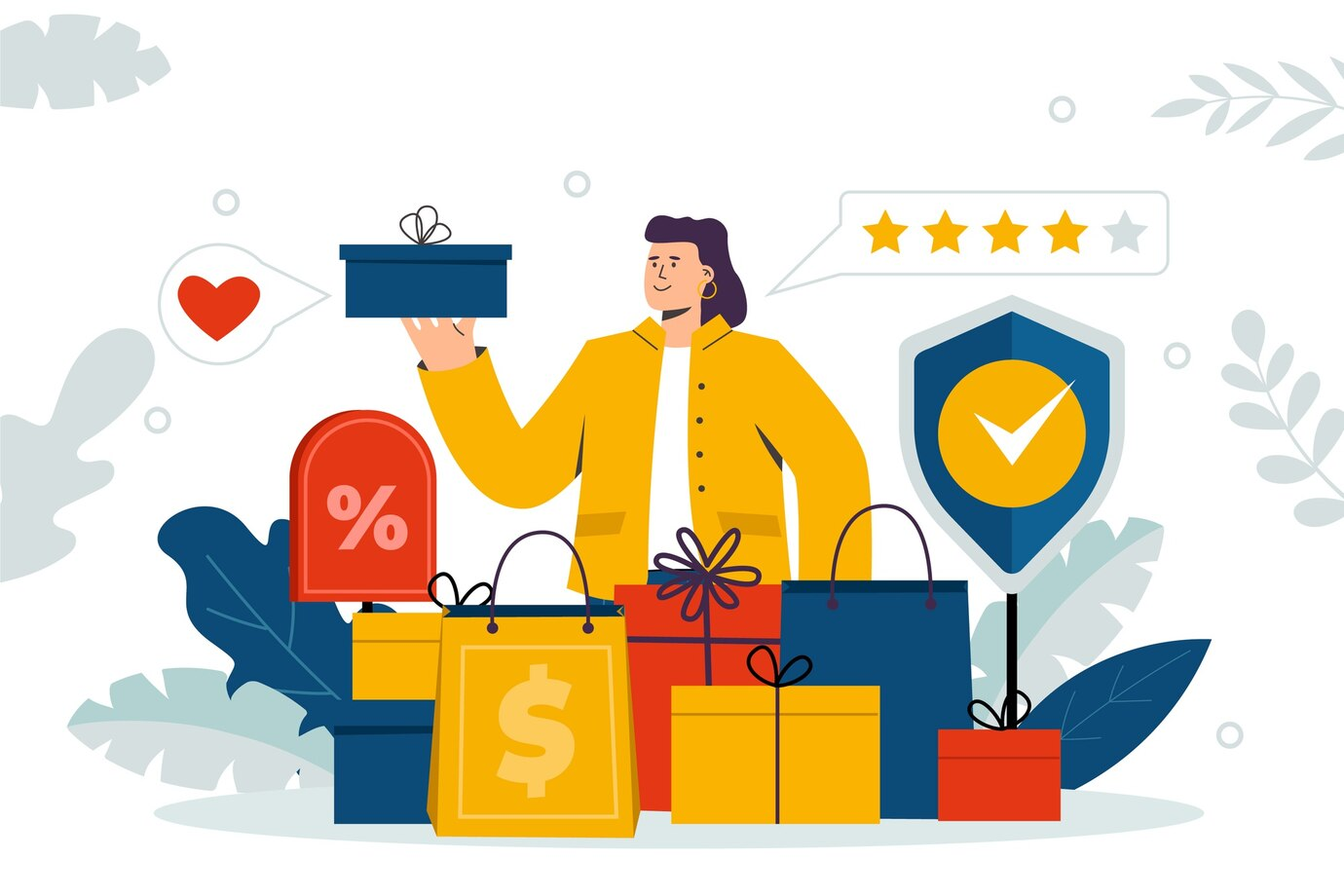By Alex Gambler, Expert in business strategy, player engagement, & live dealer games
For the past decade, I’ve covered the convergence of digital marketing, consumer behavior, and the razor-sharp business of retention. And one truth stands the test of time: loyalty is never an accident. It’s built. Engineered. Tuned like a high-performance machine.
Nowhere is this more evident than in the world of online casinos. While flashy sign-up offers—highlighted in any good overview of popular casino sites for Kiwi players—might hook users at first, it’s what happens afterward that determines whether they’ll return or disappear. The smart operators understand that real value lies not in acquisition, but in retention. And they’re running loyalty programs so effective, other industries are starting to take notes.
Here’s what every brand should learn—and steal—from the casino playbook.
Points, Tiers, and Experiential Rewards
Casinos were among the first to gamify loyalty. They didn’t just hand out points—they built ecosystems of progression, aspiration, and psychological momentum.
At the heart of most casino loyalty programs lies a points system: players earn for every dollar wagered. But here’s where it gets interesting. Those points feed into tier systems—Bronze, Silver, Gold, Platinum—and each tier unlocks more generous rewards. Not just free spins or bonuses, but VIP treatment: personal account managers, birthday gifts, luxury vacations, exclusive event invitations.
It succeeds because it replicates the mechanics of games themselves. Progress generates involvement. The stratified system gives people the sense that they are invested, not as consumers but as club members. It is an active, continuous relationship in which one receives more and more based upon how much they give.
What most brands outside gaming forget is the experiential nature of such rewards. Offering $10 off a next purchase isn’t the same as giving someone front-row seats or early access to a product launch. Casinos understand that experience is currency.
For instance, some operators host VIP weekends in Las Vegas or Monte Carlo. Others personalize surprises—one high-roller got a custom Rolex for his fifth anniversary with a platform. That kind of recognition creates loyalty no algorithm can replicate.
Companies in travel, fashion, and even fintech are starting to mimic these tactics. Think of Delta’s Medallion tiers, Amex Platinum events, or Shopify Plus perks. All are channeling the casino playbook to make customers feel valued, not just rewarded.
Loyalty Over Lures
The early internet years taught marketers to chase short-term wins: discounts, flash sales, promo codes. But casinos learned—often the hard way—that luring users with unsustainable offers is a race to the bottom.
That’s why elite platforms shifted focus from acquisition to activation and long-term value.
Sustainable loyalty isn’t about giving away margins. It’s about behavior design.
One example is milestone-based rewards. Instead of pushing daily bonuses, casinos now reward consistency—log in five days in a row, get a bonus; complete three unique game types, unlock a mystery chest. It keeps players engaged without flooding them with cost-heavy perks.
Retention also relies on personalization. Casinos use behavioral analytics to recommend specific games based on play history. They send offers not just for engagement, but for reactivation at exactly the right moment—when a player’s pattern breaks.
Contrast that with the typical retail loyalty program that offers the same 10% off to everyone, regardless of spend or history. That’s not loyalty. That’s laziness.
In e-commerce and SaaS, the lesson is clear: ditch blanket discounts. Instead, study usage data and craft incentives around how individuals interact with your platform. Did a user try a new feature? Celebrate it. Hit a six-month milestone? Offer something unique.
Real loyalty is earned when a customer feels seen.
Implementing Loyalty Tech Stacks in E-Commerce and SaaS
You don’t need a roulette wheel to build a casino-caliber loyalty system. You need the right tools—and the will to use them intelligently.
At the core of a solid loyalty tech stack is data orchestration. Casinos track every spin, every click, every pause. This creates a granular profile of user behavior that feeds into predictive algorithms. They know who’s at risk of churning, who’s trending toward VIP status, and what offers are most likely to nudge action.
E-commerce brands have access to similar data, but often lack the infrastructure to connect it all. Modern loyalty stacks should include:
- CDPs (Customer Data Platforms) to unify profiles across devices and channels.
- Loyalty automation platforms like Smile.io, Yotpo, or LoyaltyLion.
- Gamification engines for creating challenges, missions, and tiered journeys.
- CRM integrations to push personalized messages at scale.
- Analytics dashboards with cohort retention views and LTV forecasting.
The key isn’t just collecting data—it’s acting on it. Imagine a Shopify store that recognizes a repeat buyer, notices they always browse fitness gear, and nudges them toward a new launch with a loyalty quest tied to it. That’s what casino platforms do every day.
In SaaS, it’s even more important. Usage patterns often predict churn. With the right tech, platforms can set up automated triggers: if a user skips onboarding steps or hasn’t logged in for a week, they get a nudge, a reward, or even a concierge call.
It’s loyalty as lifecycle management—not just post-purchase engagement.
Testing ROI on Loyalty Initiatives
Here’s the dirty little secret of most loyalty programs: nobody’s measuring them right.
Casinos don’t make that mistake. Their margins are thin, and their customer lifetime values are volatile. They know exactly how much each loyalty tier costs and what it returns in play.
How?
A/B testing is standard. One group gets a tailored bonus sequence, another doesn’t. One segment gets access to a new VIP tier, the control group stays static. Then they track net revenue, retention, frequency, and LTV.
More advanced operators even use incrementality testing—what portion of retention is driven by loyalty incentives versus organic behavior?
E-commerce and SaaS brands must do the same. Stop assuming loyalty is working because engagement “feels” better. Use cohort analysis. Look at revenue per user across segments. Measure CAC-to-LTV ratios before and after implementing a program.
And here’s the kicker: build loyalty KPIs before launching anything. Decide what success looks like. Is it higher ARPU? Longer session duration? More referrals?
Track everything. Then iterate.
Casinos constantly refine their programs because they have to. Loyalty isn’t a side hustle—it’s a profit center.
Last Word
Loyalty wasn’t invented by online casinos, but they’ve made it an art form. What they do—points, progression, personalization—has nothing to do specifically with gaming. It is about psychology, interaction, and shrewd business.
If you do e-commerce, SaaS, or subscription-based services, stop valuing loyalty as an afterthought. Prioritize it as your growth engine. The tools are there. The data is there. The playbook is written.
You just have to be willing to steal it—and run it better.
Find a Home-Based Business to Start-Up >>> Hundreds of Business Listings.



















































